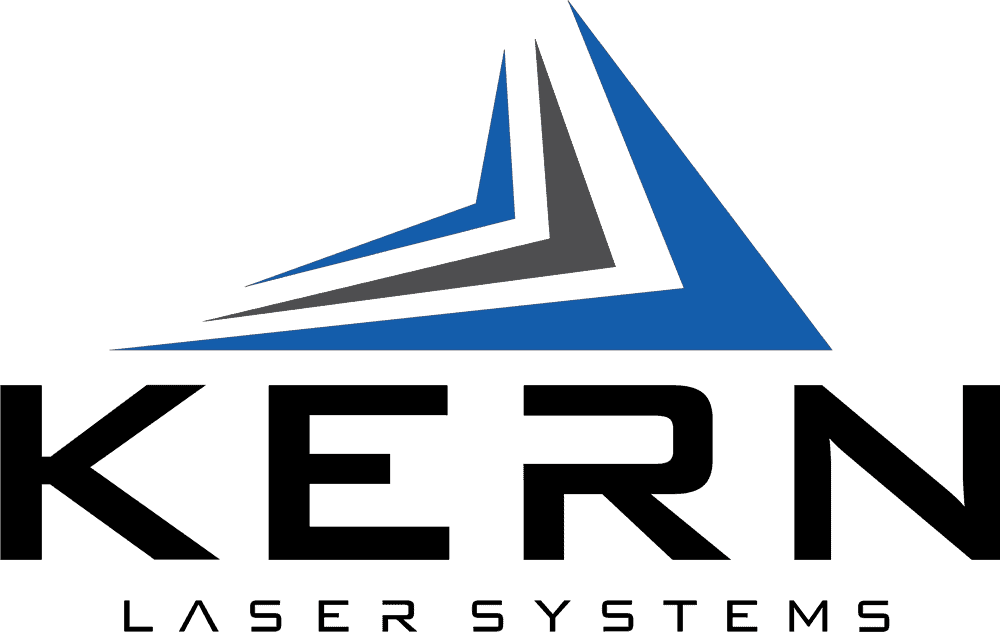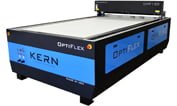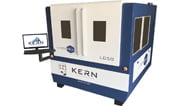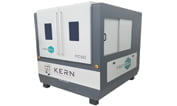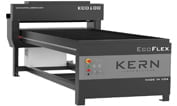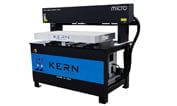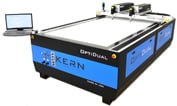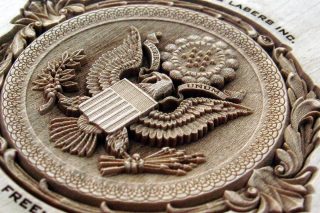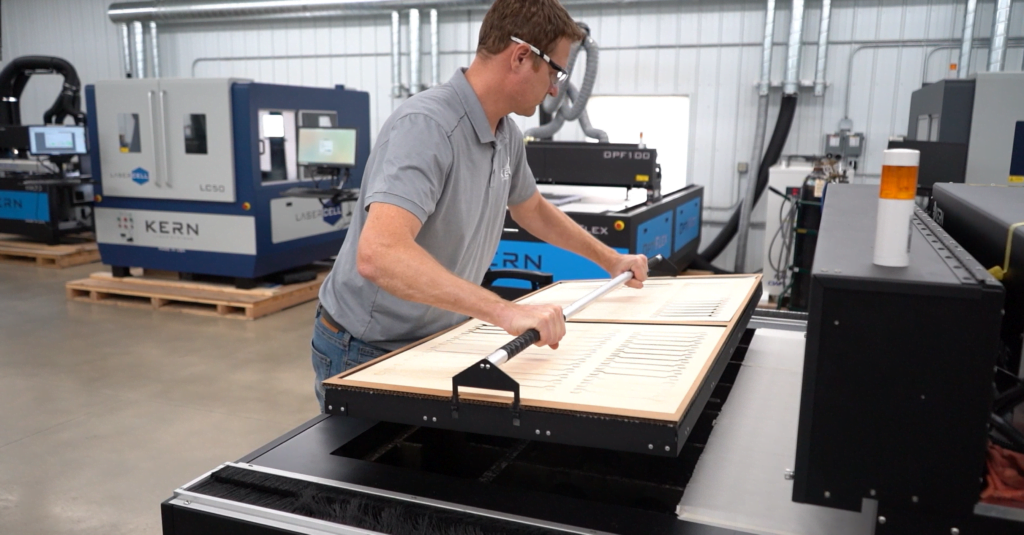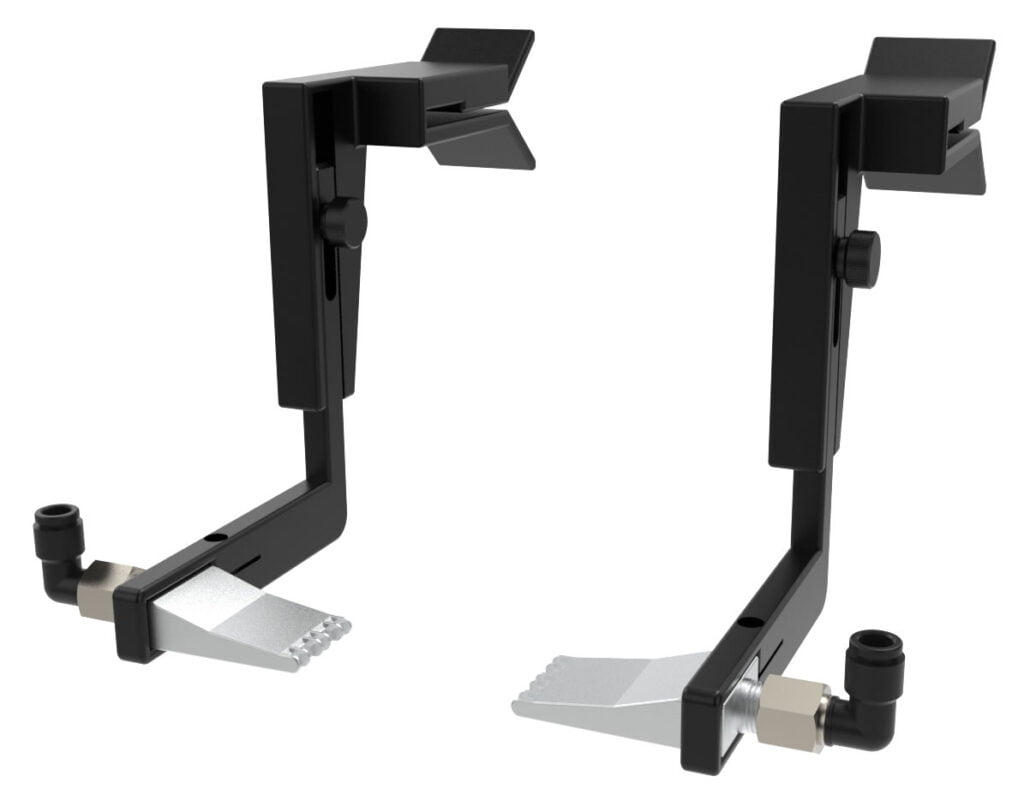A common application for laser cutting machines is cutting and etching metal and plastic plates for ID nameplates and labels. Laser processing offers the user tremendous time savings over manual processes in this area, and our laser systems are excellent choices for this kind of work.
Nameplates are often created using aluminum or other photometals, onto which an image can be printed. Alternatively, a design can be laser-etched into the surface of the material rather than printed. Our machines can work with any of these nameplate types; which model is right for your purpose will depend on exactly what kind of work you are looking to do.
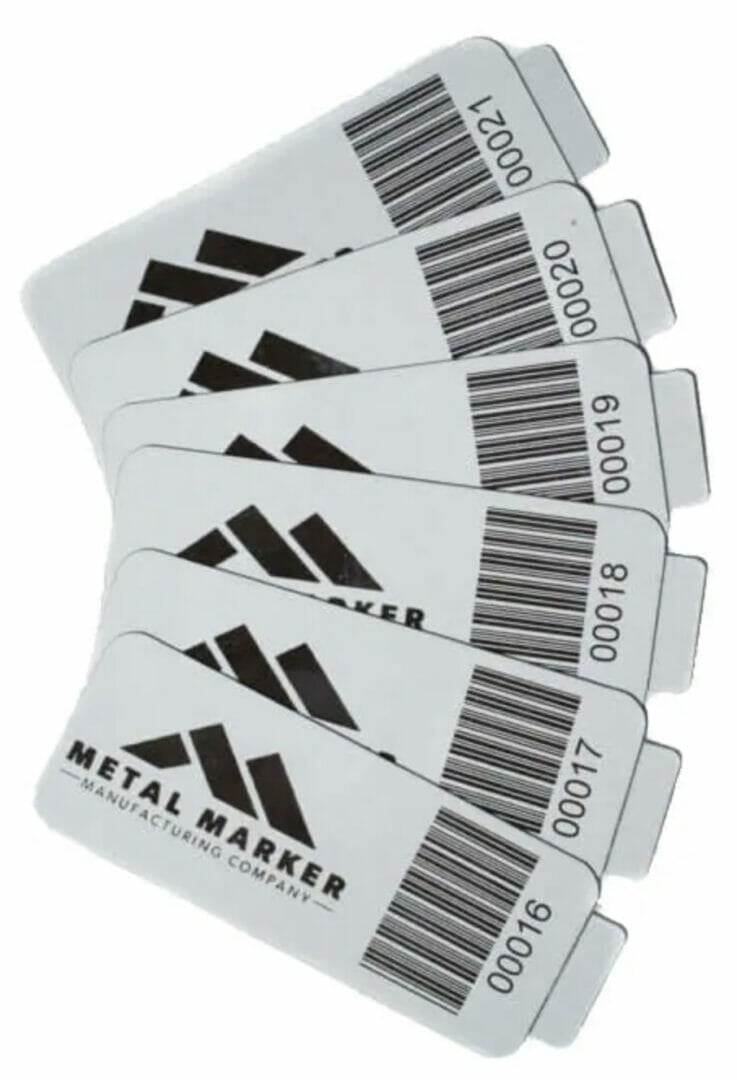 We’ve seen a recent uptick in sales to nameplate manufacturers as competitor support for some CO2 laser models has diminished, even though CO2 lasers remain best-suited for most nameplate manufacturing work: A CO2 laser can cut through metals or plastics, and it won’t harm adhesive backing, if present.
We’ve seen a recent uptick in sales to nameplate manufacturers as competitor support for some CO2 laser models has diminished, even though CO2 lasers remain best-suited for most nameplate manufacturing work: A CO2 laser can cut through metals or plastics, and it won’t harm adhesive backing, if present.
Whether you’ve already been using laser cutting to manufacture ID labels and nameplates and you’re simply looking to change laser systems, or you’re looking to switch to laser-based manufacturing from a more time-consuming and labor-intensive manual process, a Kern laser system can be a great option for you. Any of our models will be able to handle this kind of work, depending on the material you are working with and whether you are simply cutting pre-printed plates or both cutting and etching during your process – our Sales Assocaites can help you determine which model is the best fit for your project.
Using a laser system for this type of project can reduce what would be a one or two-hour manual process to just 6 to 10 minutes of laser processing time. Obviously, this could be a game-changer for anyone doing this kind of work manually.
K-Vision and Fiducial Reading
An essential component for cutting or etching ID labels and nameplates with a laser cutting machine is high-quality vision software capable of fiducial reading, like our K-Vision software and camera system. K-Vision can easily achieve perfectly aligned cuts that would otherwise require much greater precision and care to achieve with a manual process. K-Vision’s auto-alignment process eliminates the need for expensive custom jigs used in manual alignment.
K-Vision operates by reading registration marks on the material to be cut or etched. The marks tell the camera where to cut. If you are cutting a piece of material that has four pieces for the laser to cut, for example, the camera and software will not only find the registration marks and cut them. They will account for slight differences between the position of the material on the laser table and the representation of the material in the cutting file, skewing the file as necessary to ensure the actual cut material matches the intended dimensions from the file. This means materials do not need to be loaded onto the laser table perfectly in order to be cut perfectly. Through a complex interaction of the printer, the file, and the laser, the laser system and software correct for any differences between reality and the cutting file. This helps avoid slanted or otherwise problematic cuts.
Choosing the Best Laser Model for Your Application
Materials used for nameplate manufacturing include aluminum, stainless steel, occasionally thin brass, and various plastics – all with and without adhesive backing. The amount of laser processing can vary from cutting metal only to cutting metals and plastics, to cutting and etching, and the best laser model can differ between each of these processes.
 For a user only cutting metal without adhesive backing, we usually find that a fiber laser is the best and most efficient option. Our FiberCELL model would be the best choice for these users. Fiber lasers are optimized for cutting metal with high speed and precision, but they do not have the same level of versatility and flexibility that a good CO2 laser has.
For a user only cutting metal without adhesive backing, we usually find that a fiber laser is the best and most efficient option. Our FiberCELL model would be the best choice for these users. Fiber lasers are optimized for cutting metal with high speed and precision, but they do not have the same level of versatility and flexibility that a good CO2 laser has.
Most of our customers in this area are using metals with adhesive backing, which complicates the process slightly. We find that the higher output power and wavelength of a fiber laser tends to interfere with the adhesive, which means a CO2 laser will be the best option for a user of any material, metal or plastic, with adhesive backing.
A CO2 laser will also be the best option for users intending to etch the surface of their material, as Kern’s fiber lasers are made for cutting rather than etching or engraving.
Every material reacts differently to laser processing. Testing is key to figuring out which of our models will do best for your material. We are able to perform tests on our machines of clients’ materials to determine which of our models will be the best option for them.
